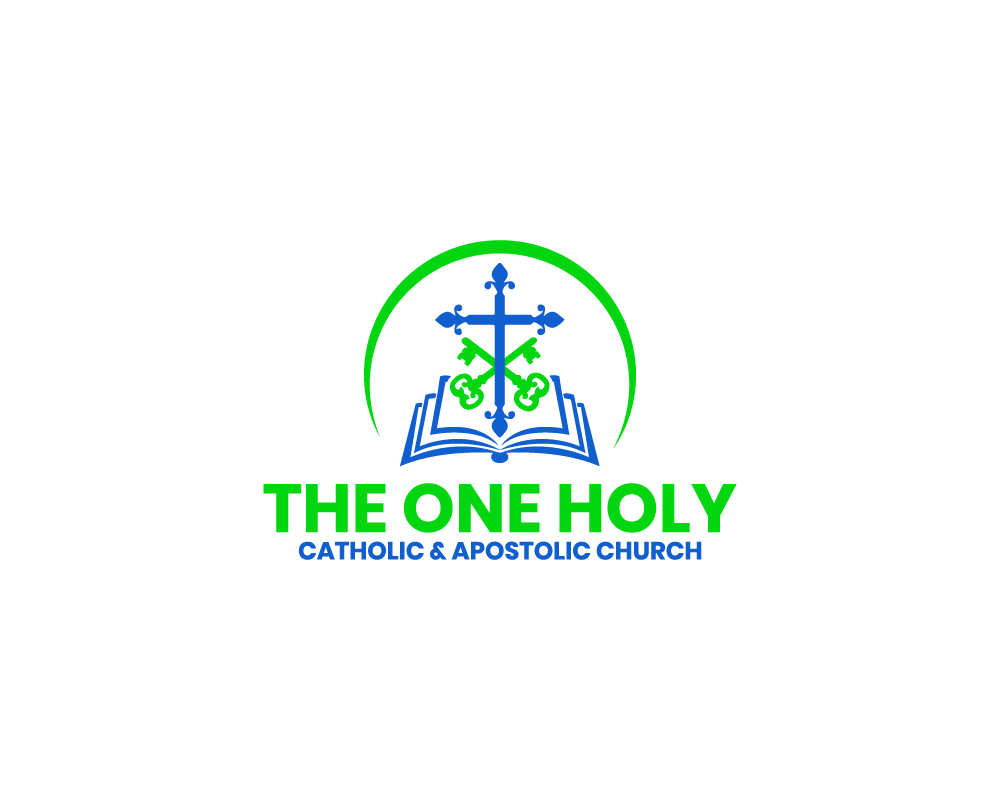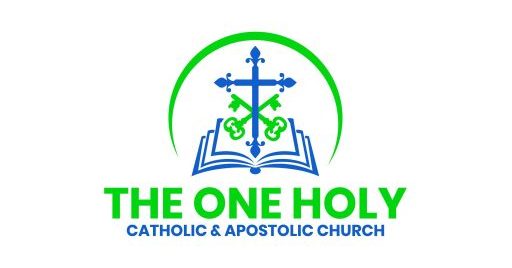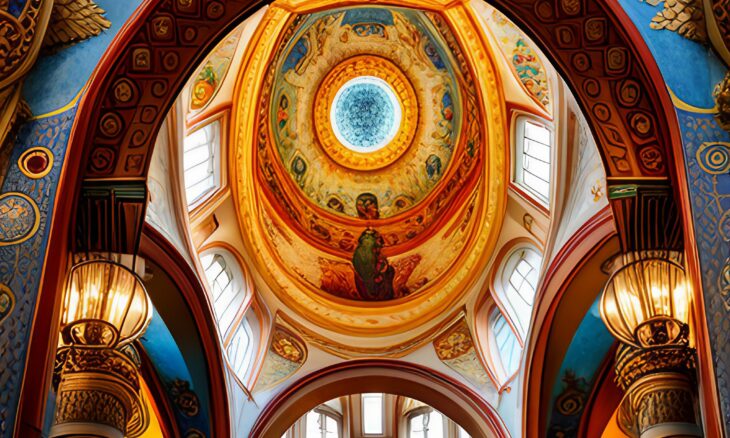Three-Dimensional Design
Orthodox churches embody a three-dimensional synthesis of classical design elements. The dome, symbolizing the heavenly kingdom, holds the image of Christ. The church proper is filled with images of saints, blending with the congregation. The apse, dedicated to the Mother of God, unites the heavenly and earthly realms.
Symbolism in Space and Geometry
Space and geometry in Orthodox architecture convey theological meaning. Circular domes represent the eternal divinity, while rectangular church floors symbolize the finite nature of the world. The apse serves as a bridge between the upper and lower zones, inviting reconciliation between Creator and creation.
The Iconic Apse
The apse, adorned with an icon of the Mother of God, reveals the presence of God in history and time. It signifies the reconciliation of heaven and earth. The absence of many pews breaks down the separation between heaven and earth, emphasizing unity. Cross-shaped vaults and structural extensions symbolize reconciliation and transfiguration.
Iconography in Architecture
Icons extend beyond the walls, as depictions of the Evangelists and Saint John the Baptist adorn the columns and icon screens. These images connect with Jesus and serve as reminders of divine presence within the church.
The Influence of Church History
In some cases, like the present Church of St. George, the absence of a dome reflects historical circumstances. After the fall of Constantinople, prominent domes were prohibited, and architecture resembled ancient basilicas. However, the medallion of Christ Pantokrator on the ceiling maintains the symbolic representation of divine presence.



